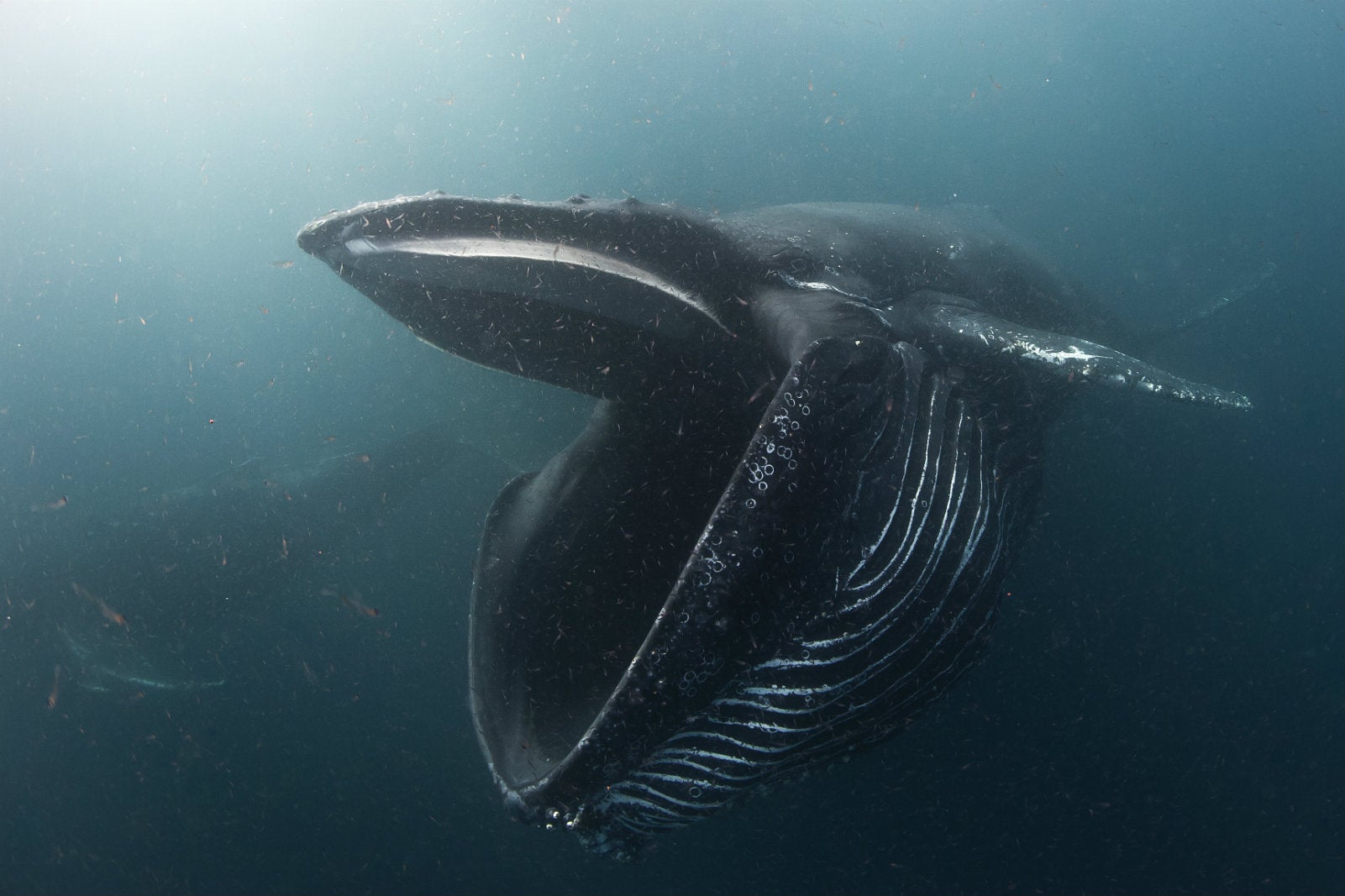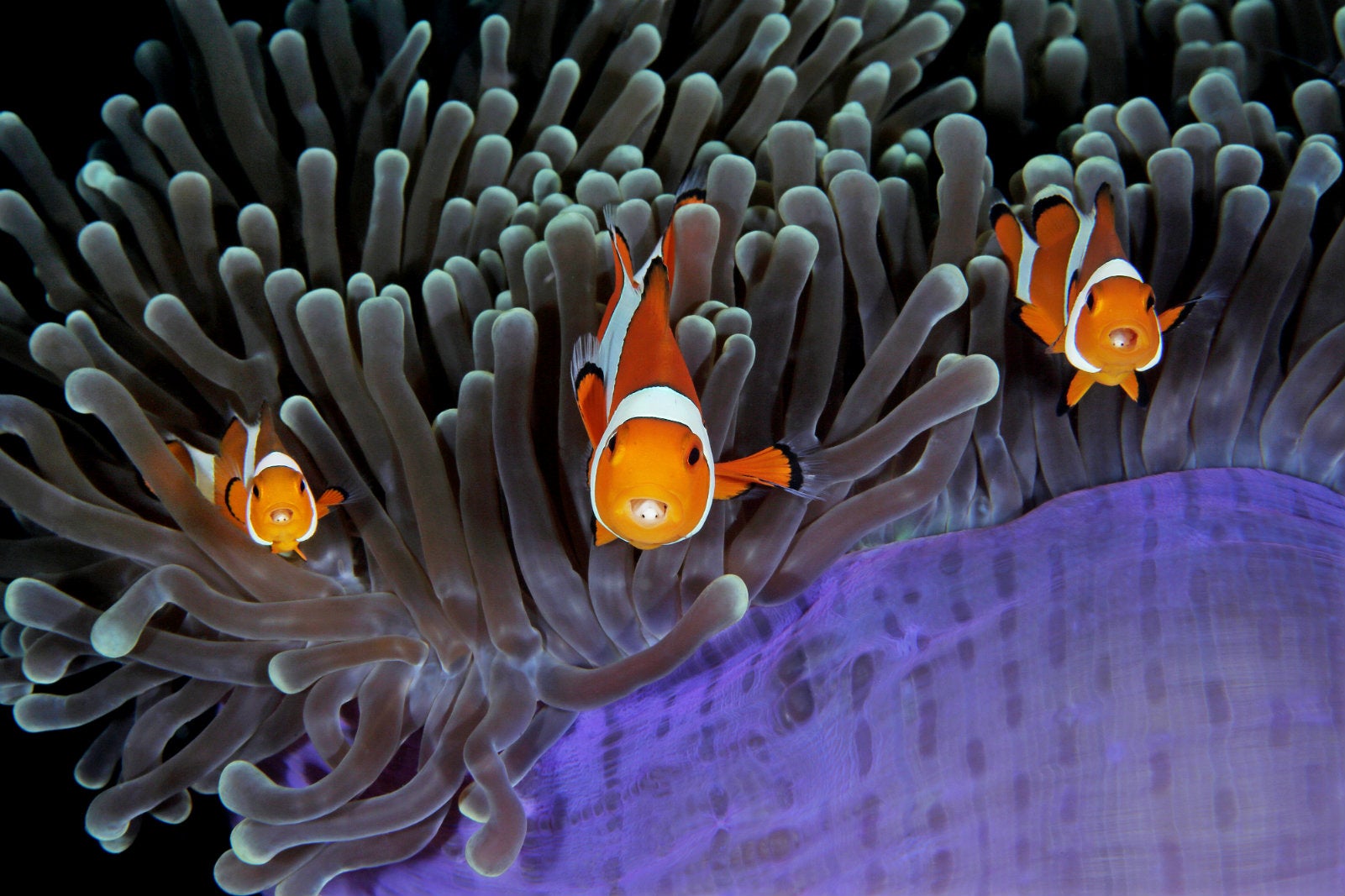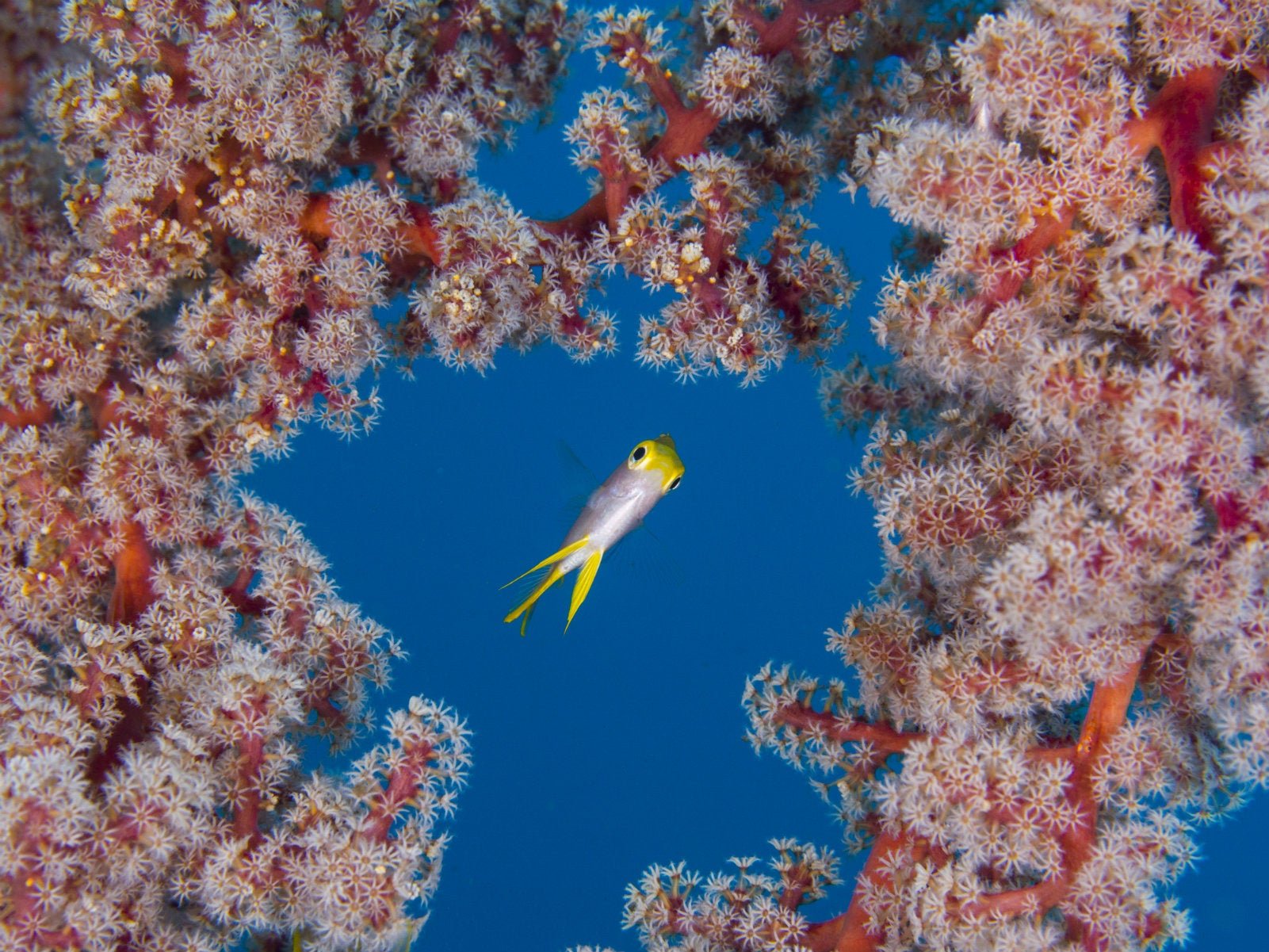An award-winning photo shows how quickly human error can transform the environment
A moment’s judgment can affect the environment for generations to come, a fact beautifully illustrated in a prize-winning entry in the 2017 Underwater Photographer of the Year contest.


A moment’s judgment can affect the environment for generations to come, a fact beautifully illustrated in a prize-winning entry in the 2017 Underwater Photographer of the Year contest.
Hungarian photographer Csaba Tökölyi took the above photograph of the wreck of the Loullia. The carrier ran aground in the Straits of Tiran near Egypt’s Sinai Peninsula in 1981 and was abandoned by the crew after unsuccessful attempts to float it.
Like many shipwrecks, the Loullia has become part of the ecosystem. “Soft corals develop very soon and they can become shelter for schools of juvenile fish,” Tökölyi wrote in his entry caption. “But also, [wrecks] can have a devastating effect on their surroundings.” Part of the ship collapsed last summer, Tökölyi wrote. In a few generations, most traces of the ruin may be gone, Tökölyi wrote:
Soft corals develop very soon and they can become shelter for schools of juvenile fish. But also, they can have a devastating effect on their surroundings. This wreck sits on top of Gordon reef, battered by the waves and is slowly deteriorating. Last summer, part of the superstructure collapsed, and the wreck lost it’s epic, cinematic look. In a few decades, the reef should be free again from the remains of this once huge freighter.
“Wrecks” is one category in the annual competition, which this year received entries from 67 different countries.
The grand prize went to Gabriel Barathieu; judges praised his photograph “Dancing Octopus” as “both balletic and malevolent.” That photo, and more winning images are below. Unless otherwise noted, captions were written by the photographers.







